Rattlesnakes of New Mexico
Arizona Black Rattlesnake (Crotalus cerberus)
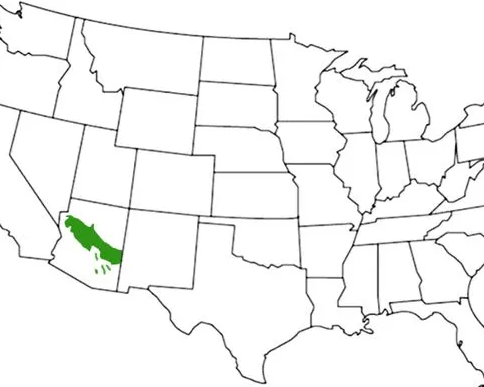
Rarely seen in New Mexico, the Arizona Black Rattlesnake makes its home at higher elevations in Arizona and far western New Mexico.
The species inhabits semi desert grassland, chaparral, conifer woodland, evergreen woodland, and montane conifer forest. They are often found in or near rocky drainages with permanent or semi-permanent water and on rocky slopes.
The snake’s use of high-altitude habitat and its black coloration as an adult distinguishes it from other subspecies of the western rattlesnake (Crotalus viridis), which prefer lower elevations and range from tan to reddish in color as adults. These physical and habitat differences are also reflected in genetic differences that suggest that the Arizona black rattlesnake may be a new species of rattlesnake.
Black Tailed Rattlesnake (Crotalus molossus)
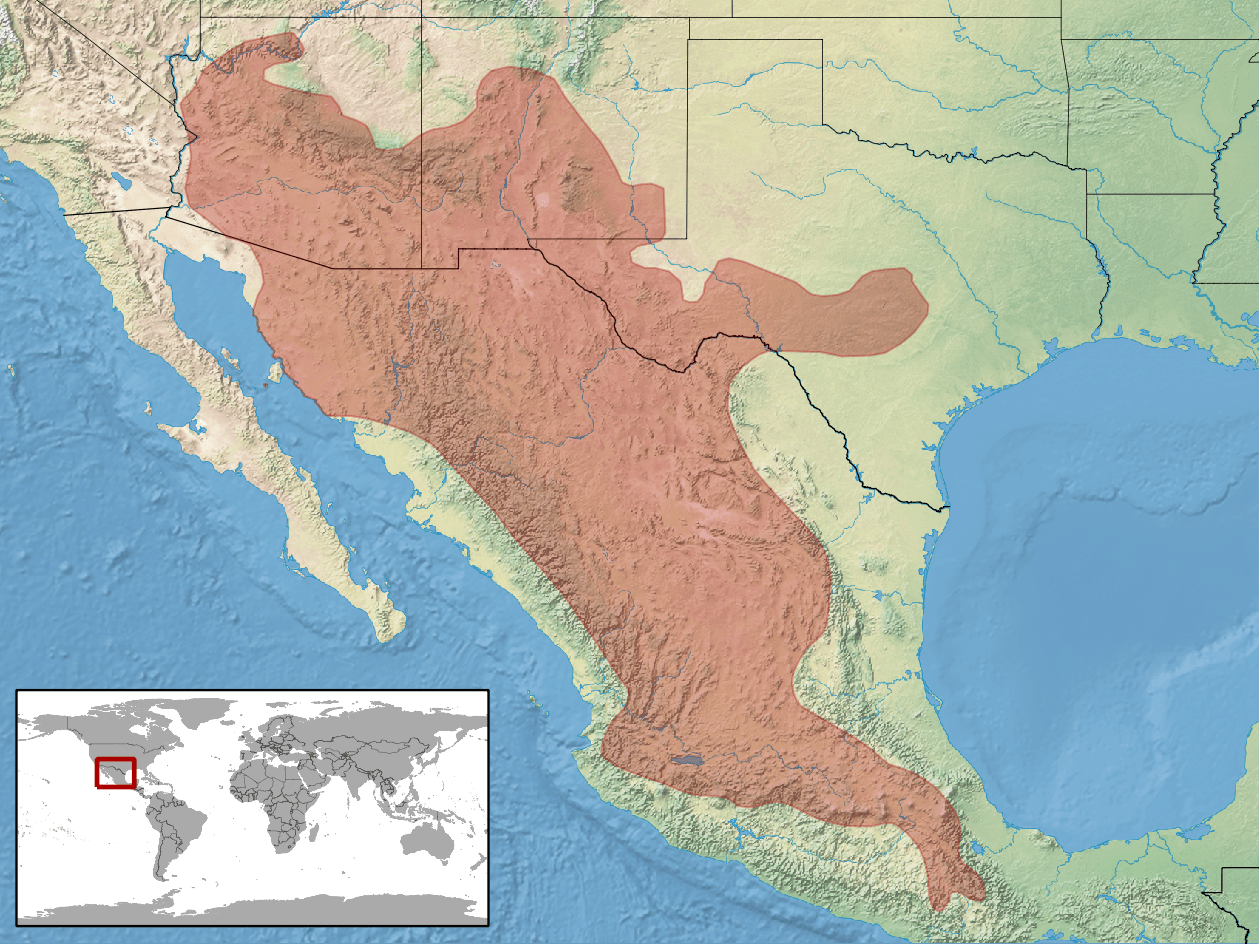
The Black Tailed Rattlesnake is found in southwestern and central New Mexico.
It lives mostly in rocky, mountainous areas and is found occasionally in lower desert habitat. It is often colored greenish or steel gray, but can be sulfur yellow or rust. The tail is dark brown or black.
Generally considered mild-mannered, this rattlesnake can nonetheless be quick to rattle and raise its head.
It has been seen several feet off the ground in trees.
The Massasauga Rattlesnake (Sistrurus catenatus)
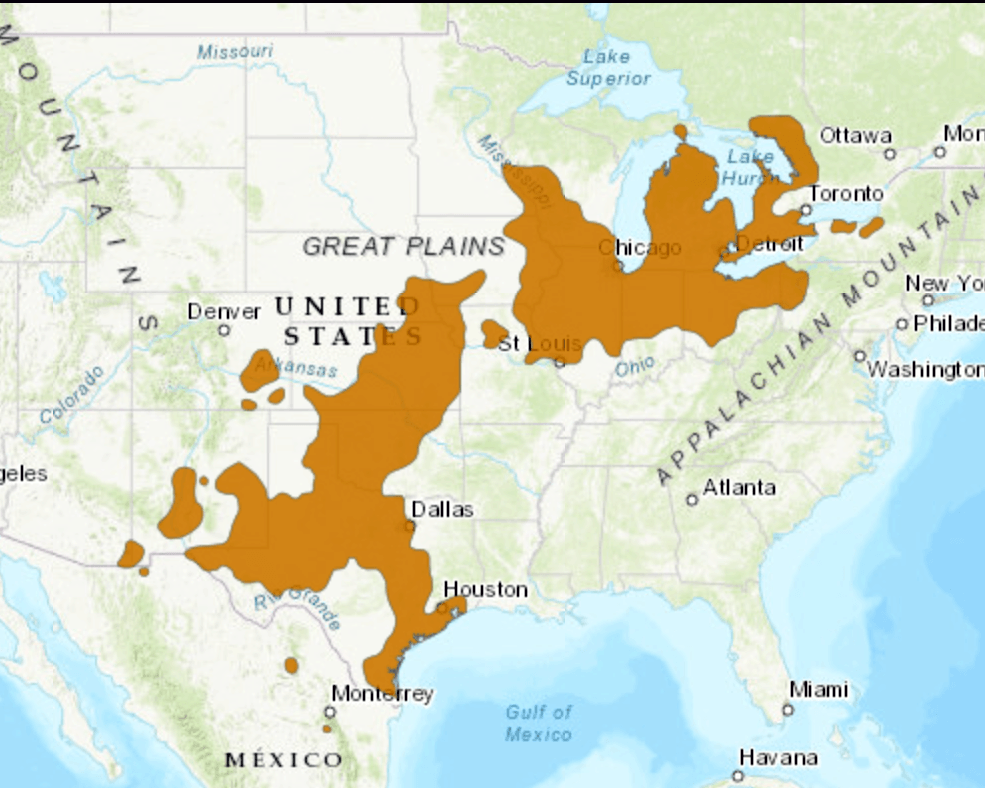
This species' range extends discontinuously from the Great Lakes region of the United States southwest through the central and southern Great Plains region to southeastern Arizona, Texas Gulf Coast, and northeastern Mexico.
The species' habitat varies regionally. In the western part of the range, the habitat includes grassy wetland, rocky hillsides, mesquite/scrub plains, thornbrush, oak-grass, dry prairie, desert grassland, and sand dunes of coast and offshore islands. In Texas, this snake often occurs near moist microhabitats or sources of water. In Mexico, massasaugas have been reported from dry shrubby areas that also include wetlands or lush riparian areas.
Its elevational range extends from sea level up to around 2,100 m asl (6,890 feet).
The Mojave rattlesnake (Crotalus scutulatus)
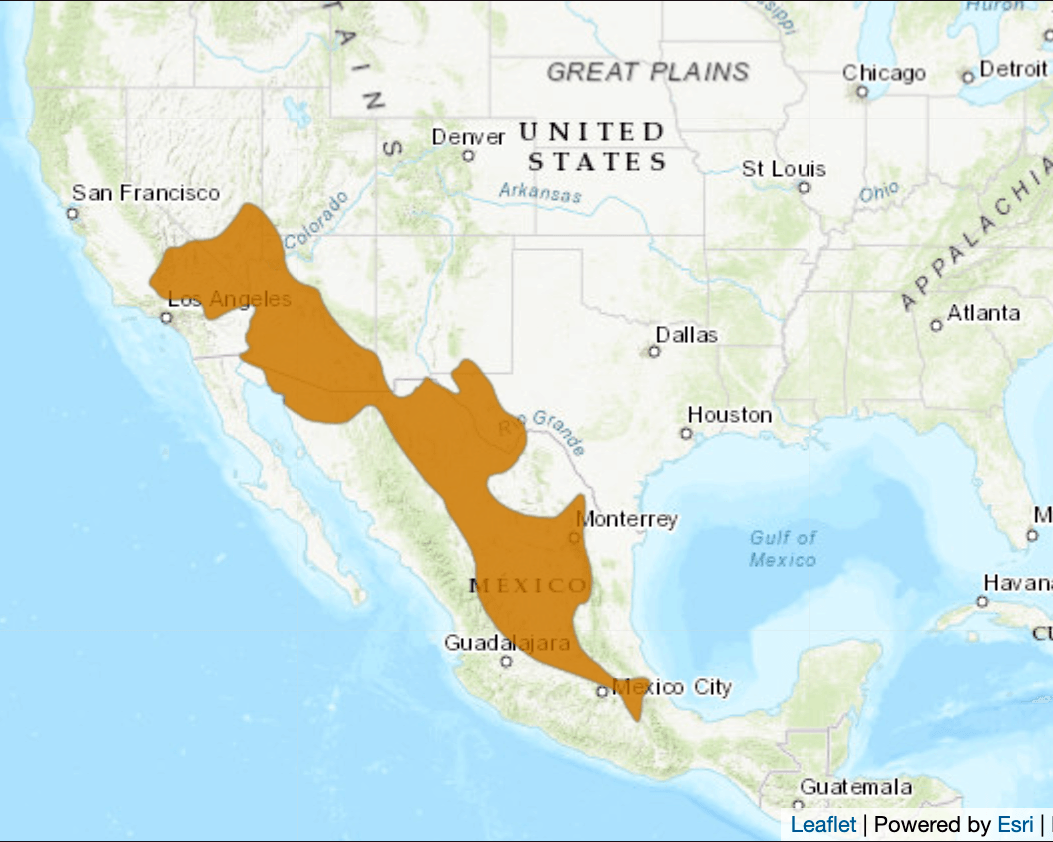
The species' range extends from southern California, southern Nevada, and southwestern Utah south through Arizona, southern New Mexico, western Texas in the United States, and central Mexico to near the south end of the Mexican Plateau in Puebla and adjacent Veracruz.
Its elevational range extends from sea level to around 2,530 m asl (8,300 feet); above 1,800 m asl at the southern end of the range.
It lives in desert or low grassland habitat, often on flat terrain.
Mojave venom is highly potent!
Prairie Rattlesnake (Crotalus viridis)
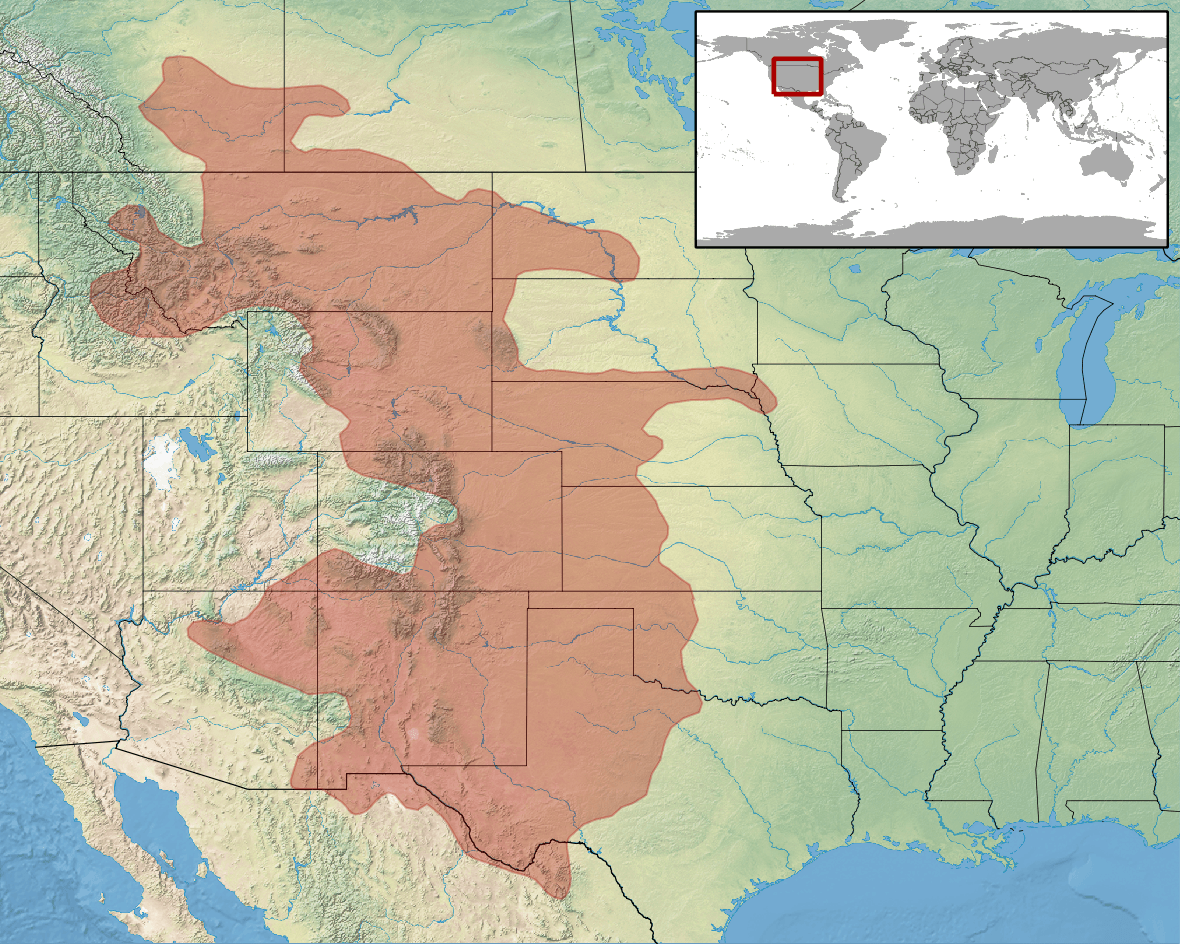
The Prairie Rattlesnake's range extends from southern Alberta and southern Saskatchewan to northern central Mexico, west to Idaho, Wyoming, Colorado, and extreme eastern Arizona, east to the Dakotas, western Iowa, Nebraska, central Kansas, central Oklahoma, and western and central Texas in the United States.
Its elevational range extends from about 100 m asl near the Rio Grande to at least 2,895 m asl (9,500 feet) in Colorado.
This snake inhabits a wide diversity of habitats, from prairies and arid basins to wooded mountains. It is primarily terrestrial but sometimes climbs into trees or shrubs.
Rock Rattlesnake (Crotalus lepidus)
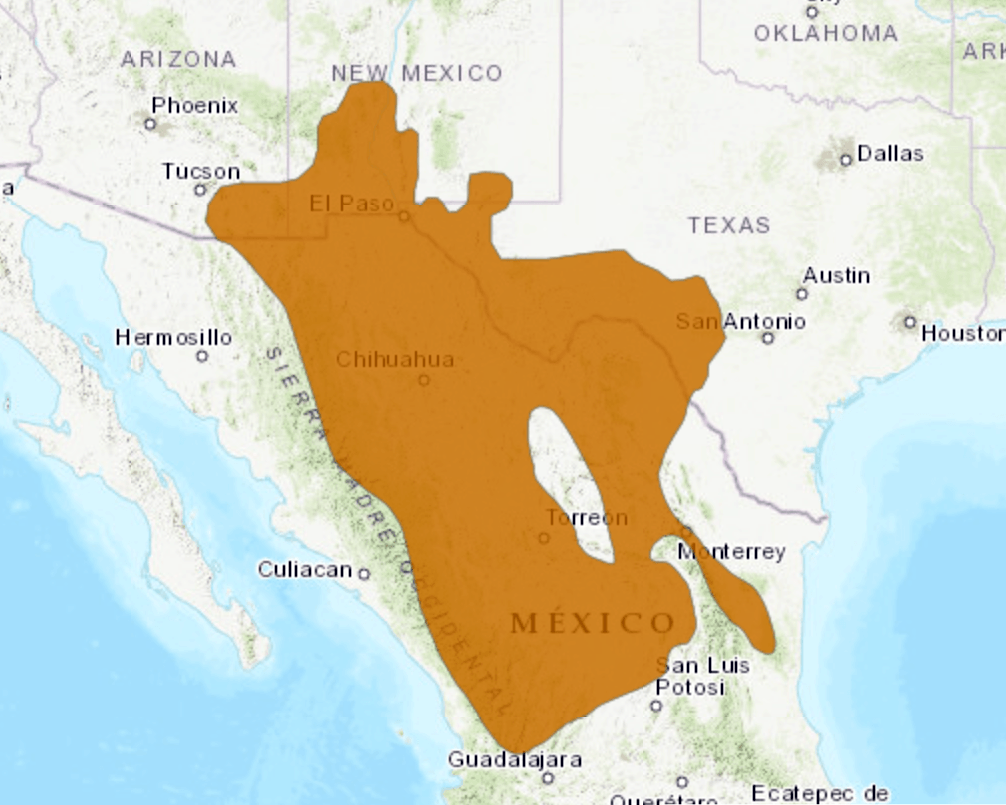
The Rock Rattlesnake's range encompasses southeastern Arizona, southern New Mexico, southwestern Texas in the United States, and eastern Sonora, Chihuahua, Durango, eastern Sinaloa, Zacatecas, eastern Nayarit, northern Jalisco, Aguascalientes, western San Luis Potosi, western Nuevo Leon, Coahuila, and southwestern Tamaulipas in Mexico.
This snake occurs mainly in rocky mountainous areas, often in arid or semi-arid areas vegetated with pine-oak, oak-juniper, pinyon pine, ponderosa pine, or agave; it also inhabits mesquite grasslands and rocky desert flats and canyons.
Its elevational range extends from about 300 to 2,930 m asl (1,000 to 9,600 feet).
The Western Diamondback Rattlesnake (Crotalus atrox)
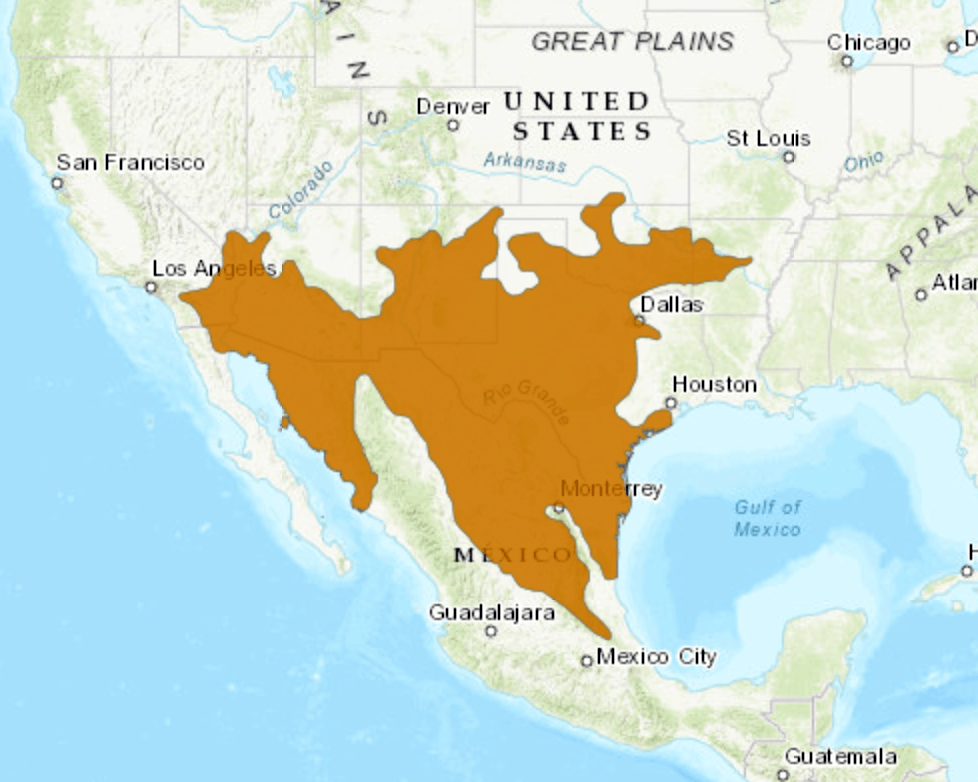
The species' geographic range extends from southeastern California, possibly southern Nevada, central and southern Arizona, New Mexico, Texas, Oklahoma, and Arkansas in the United States, south in Mexico to extreme northeastern Baja California, northern Sinaloa, Veracruz, and Oaxaca.
The elevational range extends from near sea level up to at least 2,440 m (8005 ft) asl in San Luis Potosi, but most locations are below 1,500 m (4921 ft) asl.
The species' habitat encompasses arid and semi-arid regions, from plains to mountains and from sandy flats to rocky uplands, including desert, grassland, shrubland, woodland, open pine forest, river bottoms, and coastal islands.
sources: IUCN Red List of Threatened Species, nps.gov
